#nuclear test
Text

Salvador Dalí, The Three Sphinxes of Bikini, 1947, Morohashi Museum of Modern Art, Fukushima, Japan.
219 notes
·
View notes
Text
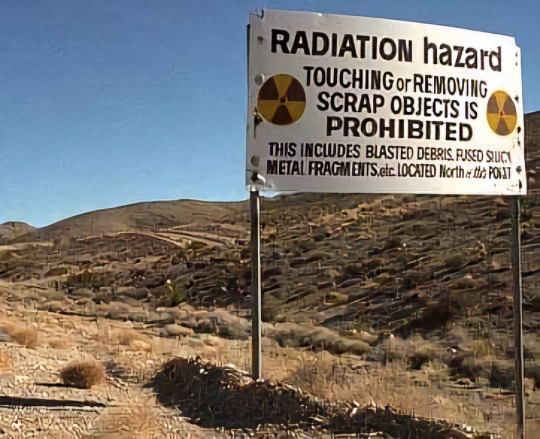
#trinity site#trinity#nuclear test#nuclear war#nuclear#nuclear power#atomic age#atomic bomb#atomic wedgie
25 notes
·
View notes
Text

The atomic bomb fueled the theory of Mutual assured destruction (MAD)
Castle Romeo nuclear test (yield 11 Mt) on Bikini Atoll. It was the first nuclear test conducted on a barge. The barge was located in the Castle Bravo crater.
#atomic bomb#Castle Romeo#Bikini Atoll#nuclear test#Mutual assured destruction (MAD)#MAD#photography#photo#weapons of mass destruction
25 notes
·
View notes
Text


Operation Doorstep tested the effect of a nuclear blast on homes, shelters, and cars in Nevada on March 17, 1953.
These before-and-after photos show how a house and family 7,500 feet from the 16-kiloton bomb detonation fared.
Record Group 304: Records of the Office of Civil and Defense Mobilization
Series: Civil Defense Photographs
Image description: Four mannequins are posed in a living room. A woman sits on a pouffe ottoman with her back to the window; two men sit on a chair and couch, respectively, and a young girl sits on a footstool in front of a fireplace screen. There are three lamps, a framed item, and other furniture in the room.
Image description: Four mannequins in a living room with a blown-out window and broken furniture. The woman has fallen sideways off of her seat; the man on the couch has fallen to the side and has a broken lampshade next to him; the man on the chair is still upright; and the young girl has been knocked to the side by the fireplace screen and is missing an arm.
#archivesgov#March 17#1953#1950s#Operation Doorstep#nuclear#nuclear bomb#A-bomb#nuclear test#mannequin#creepy#they televised this nationally#cold war#duck and cover
74 notes
·
View notes
Text
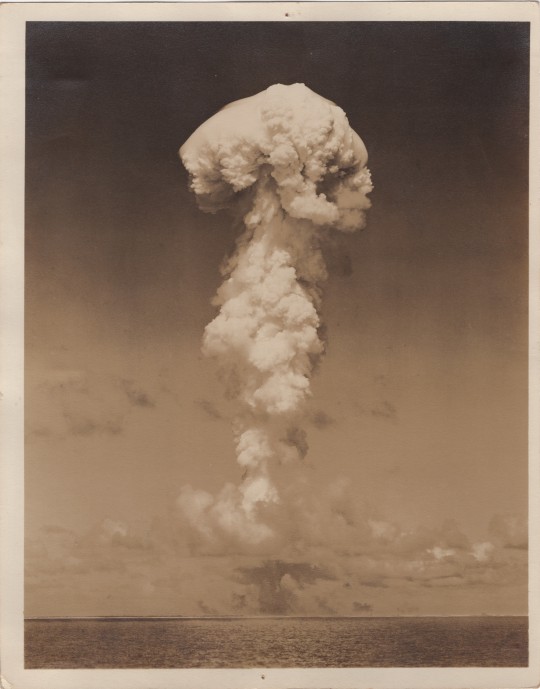
Mushroom cloud
74 notes
·
View notes
Text
“ Suo padre era su Campañia Hill con Oppenheimer al Trinity. Teller. Bethe. Lawrence. Feynman. Teller faceva girare la crema solare. Indossavano guanti e occhialoni. Come dei saldatori. Oppenheimer fumava come una ciminiera e aveva la tosse cronica e i denti guasti. Occhi di un azzurro folgorante. Un accento indefinibile. Quasi irlandese. Portava vestiti buoni ma che gli ballavano addosso. Non pesava niente. Groves lo ingaggiò perché aveva visto che non si lasciava intimidire. Tutto qua. Un sacco di gente molto sveglia pensava che fosse l’uomo piú sveglio che Dio avesse mai creato. Strano tipo, quel Dio.
C’erano persone che erano scappate da Hiroshima per precipitarsi a Nagasaki e accertarsi che i loro cari fossero al sicuro. Arrivando giusto in tempo per morire incenerite. Lui ci andò dopo la guerra con una squadra di scienziati. Mio padre. Disse che era tutto arrugginito. Tutto sembrava coperto di ruggine. Nelle strade c’erano carcasse di tram distrutte dal fuoco. I vetri sciogliendosi erano usciti dai telai ed erano colati sui laterizi. Seduti sulle molle annerite gli scheletri carbonizzati dei passeggeri senza piú vestiti né capelli e con lembi di carne annerita appesi alle ossa. Gli occhi lessati nelle orbite. Labbra e nasi mangiati dalle fiamme. Ridenti sui loro sedili. I vivi vagolavano ma non c’era dove andare. A migliaia si precipitavano nel fiume e ci morivano. Erano come insetti: nessuna direzione era preferibile a un’altra. Gente in fiamme strisciava fra i cadaveri come una specie di horror in un crematorio gigante. Credevano semplicemente che il mondo fosse finito. L’idea che tutto ciò avesse a che fare con la guerra non li sfiorava quasi. Portavano fra le braccia il fagotto della loro stessa pelle come un bucato da non trascinare fra le macerie e nella cenere e incappavano alienati gli uni negli altri nelle loro deambulazioni da alienati su residui di suolo fumante, il vedente in difficoltà quanto il cieco. La notizia di tutto ciò non uscí dalla città per due giorni. Chi sopravvisse spesso ricordava quegli orrori come dotati di un certo valore estetico. In quello spettro fungoide che sbocciava nell’alba come un maligno fiore di loto e nella fusione di solidi fino ad allora ignota risiedeva una verità che avrebbe silenziato la poesia per mille anni. Come un’enorme vescica, dicevano. Come una cosa marina. Tremolava appena sul vicino orizzonte. Poi quel rumore terribile. Videro uccelli nel cielo albeggiante prendere fuoco ed esplodere silenziosamente e cadere in lunghi archi verso terra come cotillon in fiamme. “
Cormac McCarthy, Il passeggero, traduzione di Maurizia Balmelli, Einaudi (Collana Supercoralli), 2023; pp. 115-116.
[Edizione originale: The Passenger, Alfred A. Knopf Inc., 2022]
#Il passeggero#letture#leggere#citazioni letterarie#Nagasaki#Cormac McCarthy#New Orleans#narrativa#crimini di guerra#Maurizia Balmelli#Hiroshima#nuclear test#Hans Bethe#libri#Julius Robert Oppenheimer#Trinity#Edward Teller#XX secolo#Manhattan Project#romanzo giallo#Leslie R. Groves#passato#seconda guerra mondiale#Richard Feynman#Giappone#'900#Stati Uniti d'America#letteratura americana contemporanea#scrittori statunitensi#crimini contro l'umanità
14 notes
·
View notes
Photo

#NUCLEAR TEST#yucca flats#nevada#vhs#gif#1986#this is what caused the beast of yucca flats#even though that came out in 1961
128 notes
·
View notes
Text
1945-Trinity (nuclear test)


The Atomic Age begins when the United States successfully detonates a plutonium-based test nuclear weapon near Alamogordo, New Mexico.


Trinity was the code name of the first detonation of a nuclear weapon. It was conducted by the United States Army at 5:29 a.m. on July 16, 1945, as part of the Manhattan Project. The test was conducted in the Jornada del Muerto desert about 35 miles (56 km) southeast of Socorro, New Mexico, on what was then the Alamogordo Bombing and Gunnery Range, now part of White Sands Missile Range.
#Jul.16.1945#Trinity#nuclear test#Alamogordo Bombing and Gunnery Range#Manhattan Project#World War II#history today
9 notes
·
View notes
Text
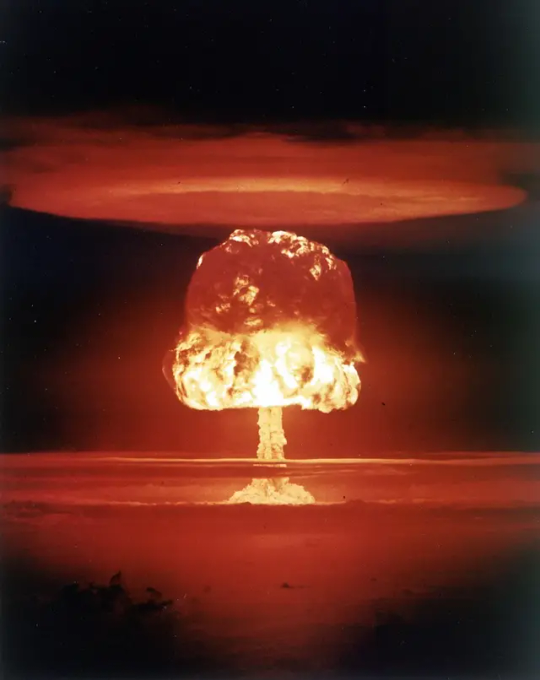
Bikini Atoll nuclear test, March 26, 1954.
5 notes
·
View notes
Text
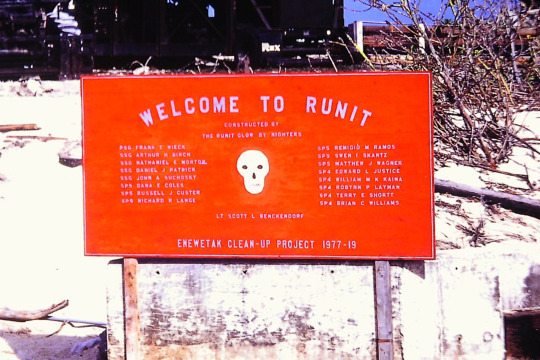
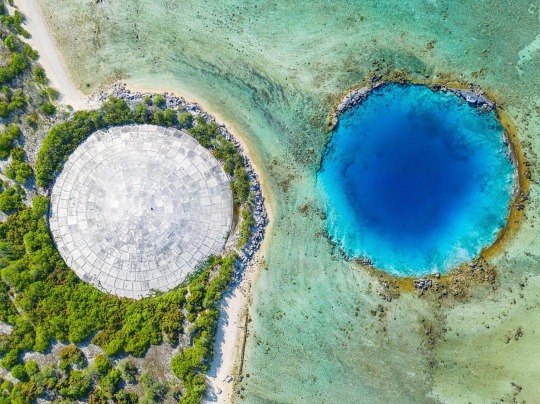
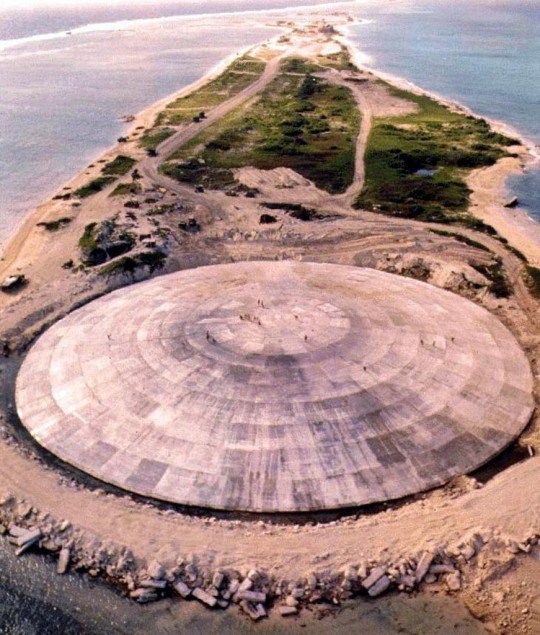


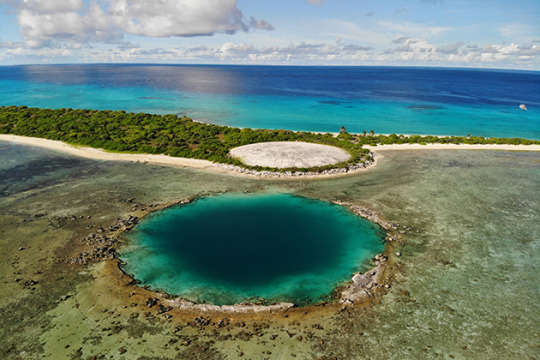

#ruinit dome#marshall islands#enewetak atoll#nuclear#nuclear test#cactus dome#hardtack 1#cactus shot#may 6th 1958#operation hardtack
4 notes
·
View notes
Text
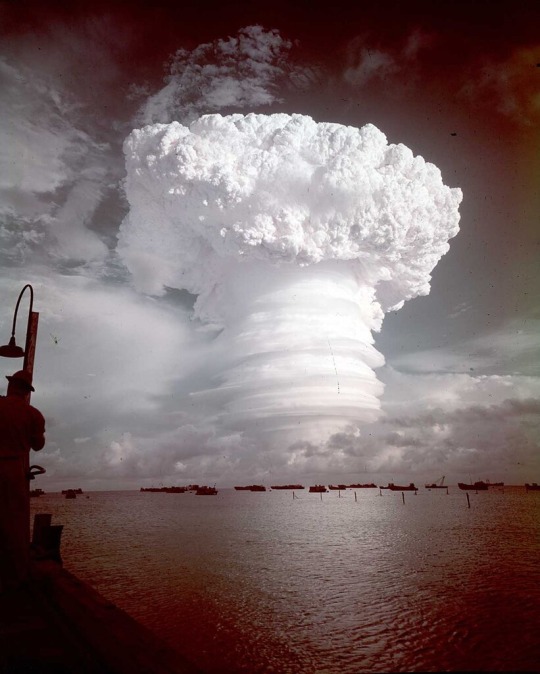
The nuclear explosion of Operation Hardtack Oak, June 1958 / Los Alamos National Labs
35 nuclear detonations over several months in 1958, code name Hardtack.
7 notes
·
View notes
Text

#scarfolk council#civil defense#nuclear war#nuclear power#nuclear#nuclear test#fallout#christmas time#christmas tree#christmas
8 notes
·
View notes
Text






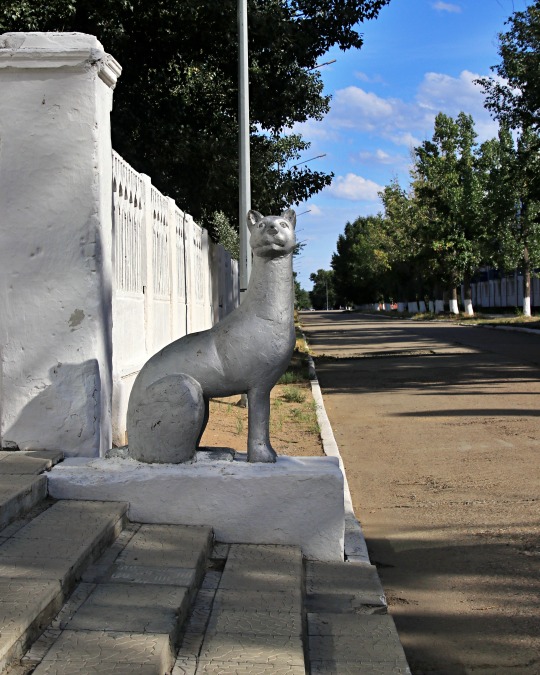

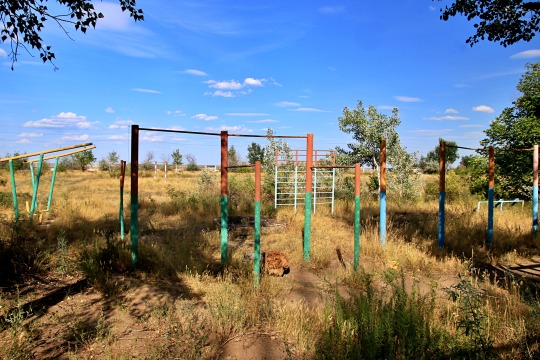

post-soviet town Kurchatov ( Kazakhstan ) - the former operations center for the adjoining Semipalatinsk Nuclear Test Site
#travelphotography#photooftheday#adventure#aroundtheworld#atom bomb#nuclearpolygon#semipalatynsktestsite#kurchatov#travel#pickoftheday#explore#kazakhstantravel#nuclear test#nucleartestsite#nature#central asia#landscape#kazakhstan#trip#soviet architecture#ussr#cccp#soviet union#soviet
5 notes
·
View notes
Text

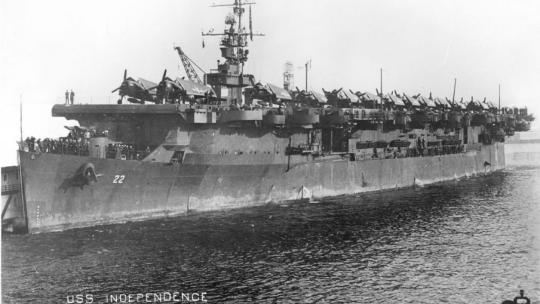
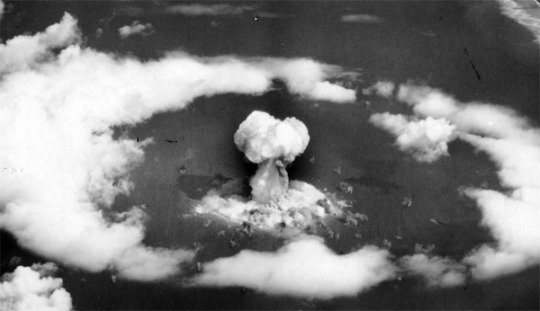
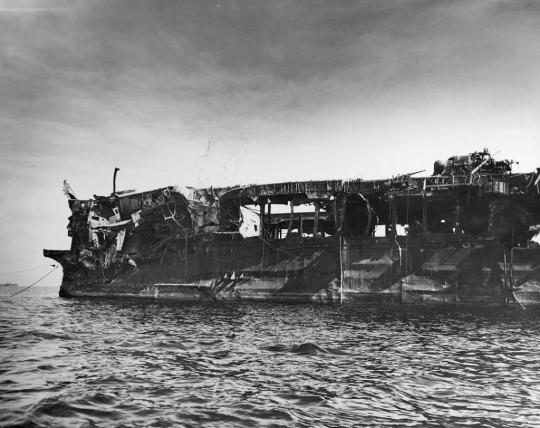



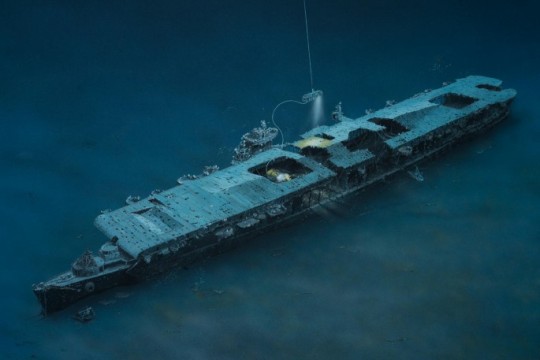
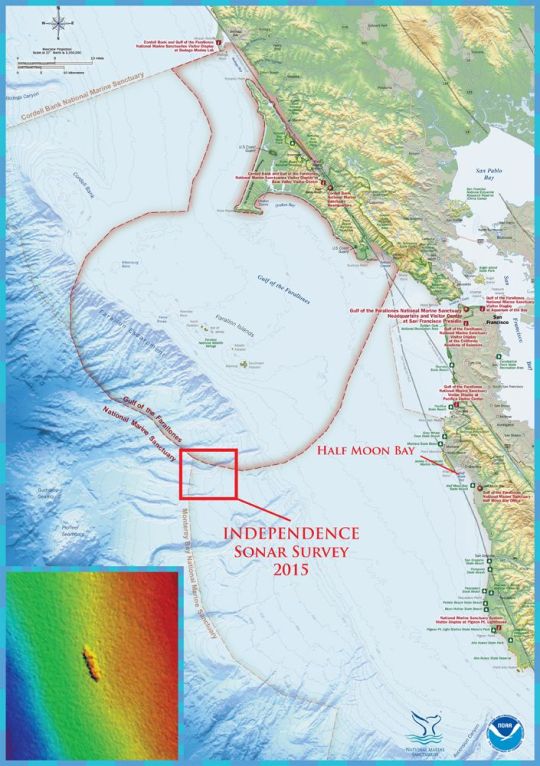
USS Independence (CVL-22), a light aircraft carrier of WWII, was one of the ships moored at Bikini Atoll during the atomic tests of Operation Crossroads. The first detonation, Test Able, was an airburst 500 metres away from Independence, and damaged her severely, but did not sink her.
The now-radioactive Independence was towed to the Farrallon Islands, near San Francisco, and used for radiological studies by the University of California Radiation Laboratory as the radiation decayed, until the decision was made to scuttle her in 1951, together with some contaminated materials transferred there.
#USS Independence#CVL-22#Operation Crossroads#Test Able#nuclear test#Bikini Atoll#aircraft carrier#ship#maritime
4 notes
·
View notes
Text
Novaya Zemlya, Russia
Nuclear Weapons Test Site
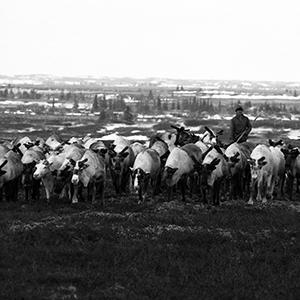
From 1954 to 1990, the islands of Novaya Zemlya were used by the Soviets to conduct atmospheric and underground nuclear tests. Decommissioned nuclear weapons and nuclear submarines were also scuttled around the islands, turning the entire region into an environmental disaster zone.
Photo: Radioactively contaminated lichen causes high strontium levels in reindeer, which are a dietary mainstay of the local Nenets and Sami populations. © TOYOSAKI Hiromitsu
History
In July 1954, the two islands of Novaya Zemlya (“New Land”) on the Russian Arctic coast were designated a nuclear weapons test site. The indigenous Nenets population was forcibly resettled and the islands were divided into different testing zones. Between 1955 and 1990, Novaya Zemlya was the site of 130 nuclear detonations, including the “Tsar Bomba,” the biggest nuclear device ever detonated, with 50 megatons of TNT equivalent, almost 4,000 times more powerful than the Hiroshima bomb. The “Tsar Bomba” detonation caused severe destruction of the island within a radius of about 100 km and spread nuclear fallout all over the Northern Hemisphere.
In addition, the practice of dumping nuclear waste around the islands contributed greatly to the current environmental catastrophe around Novaya Zemlya. Together with fallout from nuclear weapons testing and the continuous discharge of nuclear waste from the reprocessing plants at La Hague and Sellafield, nuclear waste dumped near Novaya Zemlya added to the radioactive contamination of the North Sea and Arctic Ocean. Thirteen decrepit nuclear reactors, along with spent fuel from nuclear submarines with a total radioactivity of 37 Peta-Becquerel (Peta = quadrillion), were dumped along the coast of Novaya Zemlya and into the Barents and Kara seas. Two of the most contaminated sites on Novaya Zemlya are the Abrosimov and Stepovogo Fjords in the southern part of the island.
Health and environmental effects
Scientific expeditions found increased levels of cesium-137, strontium-90, cobalt-60, and plutonium-239 and -241 in sediments close to the fjords, which were used as radioactive waste dumps. A 1992 Russian study found that in 67–72 % of all underground tests, radioactive gas had leaked through in the rock formation. Together with fallout from atmospheric nuclear testing, radioactive gases from underground leaks resulted in increased levels of radiation across Europe, most notably in Finland, where radioactive iodine-131 was measured in concentrations of up to 5 mBq/m³, and in Norway, with cases of radioactively contaminated milk and iodine-131 concentrations of up to 1.37 megabecquerel (mBq/m³ Mega = million). Iodine-131 is a known cause of thyroid cancer, especially in children.
The indigenous population of the region around Novaya Zemlya received even higher radiation doses. Most notably affected by radiation exposure were the semi-nomadic Sami people of the Arctic region and the former inhabitants of Novaya Zemlya, the Nenets people. The Vepsians, Karelians and Komi people, living along the Northern Russian coast, however, were also affected. Radioactively contaminated lichen caused high strontium levels in reindeer, which are a mainstay of the local diet. As was the case with other indigenous populations affected by fallout and radioactive contamination, no epidemiological studies were ever performed to assess health effects on the people living around Novaya Zemlya.
Outlook
As Norway is only 900 km away from Novaya Zemlya, the Norwegian government is very concerned about the radioactive waste catastrophe taking place on and around the islands. The Barents Sea, which is important for Norway’s fishing industry, has been severely polluted by radioactive fallout from Novaya Zemlya and is in constant danger of being further contaminated by leaking radioactive waste dumps, submerged spent nuclear fuel rods, nuclear submarine wrecks, dumped nuclear reactors and radioactive waste from bases and naval yards. Monitoring and management of the huge region affected by nuclear pollution has become an international responsibility, yet little has been done to contain this danger up to now, let alone investigate the long-term health effects on the local population. They, too, are casualties of nuclear weapons – they, too, are Hibakusha.
References
“The Soviet Union’s Nuclear Testing Program.” Website of the Comprehensive Test Ban Treaty Organization CTBTO, http://ctbto.org/nuclear-testing/the-effects-of-nuclear-testing/the-soviet-unionsnuclear-testing-programme/
Bøhmer et al. “The Arctic Nuclear Challenge.” Bellona Report Volume 3, 2001. http://bellona.org/assets/sites/6/The_Arctic_Nuclear_Challenge.pdf
Koivisto K. “Nuclear Waste Storage Facility on Novaya Zemlya.” Helsinki Hufvudstads bladet, April 1, 1997. www.fas.org/news/russia/1997/drsov04021997000220.htm
Matzko JR. “Physical Environment of the Underground Nuclear Test Site on Novaya Zemlya, Russia.” U.S.-Department of the Interior, Geological Survey, 1993. http://pubs.usgs.gov/of/1993/0501/report.pdf
“Indigenous People and the Nuclear Age – USSR.” Critical Will
#indigenous#indigenous russian#culture#indigenous russia#russia#important#colonization#fypシ#fypage#landback#decolonize#tsar bomba#Nuclear bomb#Nuclear test#Soviet Union#Displacement#Nenet#Nenets#Nenet tribe#Nenet people
15 notes
·
View notes
Text

2 notes
·
View notes